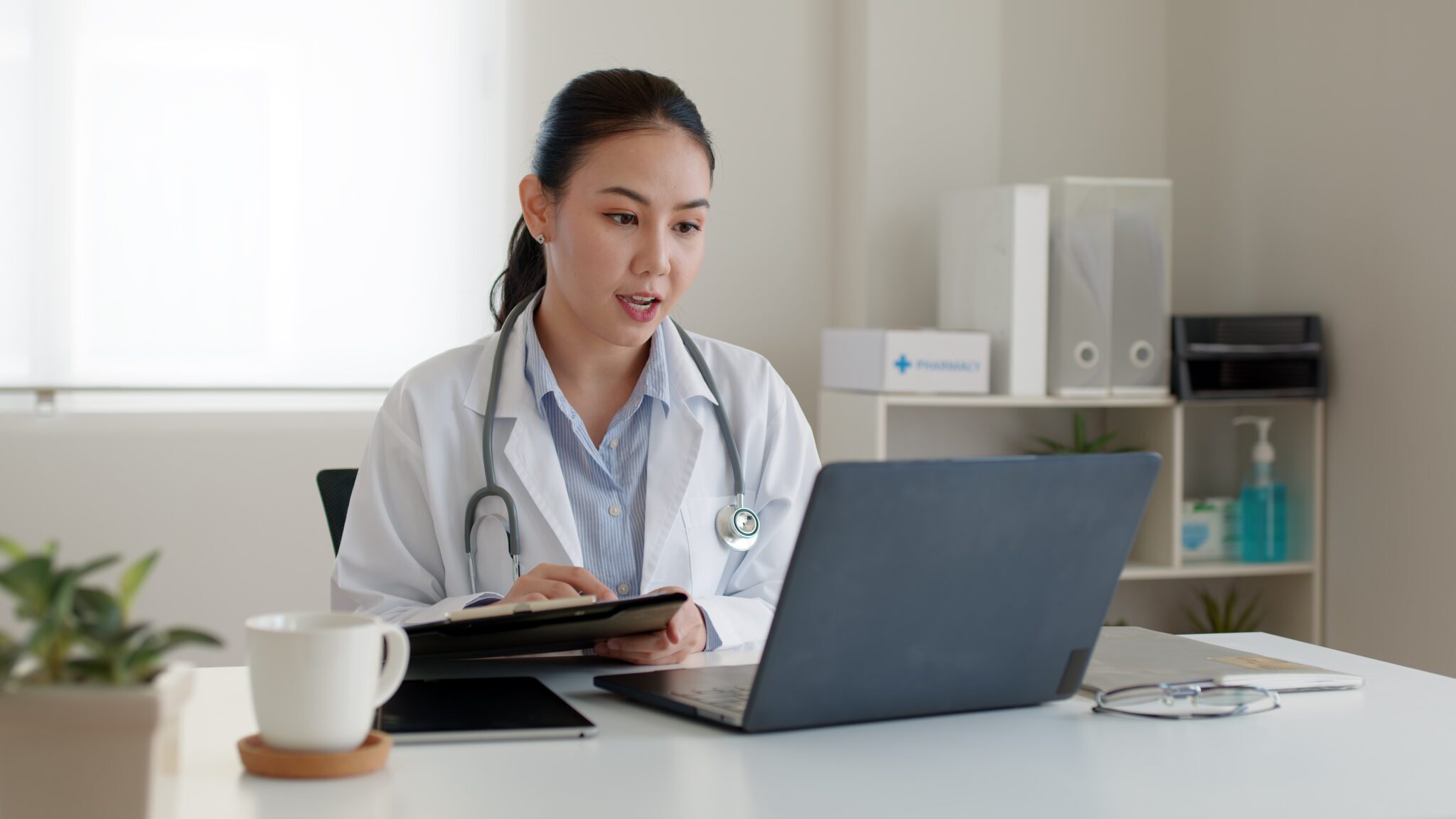MEDICAL
Primary Care
Family Medicine, Internal Medicine, Pediatrics
Providing routine check-ups, vaccinations, and treatment of common illnesses and chronic conditions.
General Practitioners and Nurse Practitioners
Offering first-line medical care, diagnosis, and referrals.


Emergency Room and Urgent Care Services
Emergency Departments
Providing immediate care for severe injuries and life-threatening conditions.
Urgent Care Centers
Offering non-life-threatening medical care for conditions that require prompt attention.
Public Health Services
Immunization Programs
Administering vaccines to prevent communicable diseases.
Disease Surveillance and Control
Monitoring and responding to outbreaks of infectious diseases.
Health Education and Promotion
Promoting healthy lifestyles and preventive measures.


Telemedicine and Telehealth Services
Providing medical consultations and healthcare services remotely, often via videoconferencing or phone calls.
Diagnostic and Treatment Facilities
Hospitals, clinics, and medical centers equipped to handle a wide range of medical conditions and emergencies.
Medical Equipment and Technology
Access to advanced medical equipment and technology, including ventilators, diagnostic machines, and life-support systems.
Emergency Room and Urgent Care Services
Bridging Healthcare and Cybersecurity
Emergency Departments
Providing immediate care for severe injuries and life-threatening conditions.
Urgent Care Centers
Offering non-life-threatening medical care for conditions that require prompt attention.
Training and Education
Discuss the impact of ransomware attacks on healthcare institutions and provide recommendations for preventing and responding to such incidents.
Healthcare Compliance
Educate healthcare providers about compliance standards such as Health Insurance Portability and Accountability Act and General Data Protection Regulation, outlining the cybersecurity measures required to meet these regulations.
Telehealth Security
Address the cybersecurity considerations for telehealth services, highlighting encryption, secure communication platforms, and user authentication to ensure patient confidentiality during remote medical consultations.
Medical Data Protection
Offer guidance on securing sensitive medical data, electronic health records (EHRs), and patient information from cyber threats. Provide best practices for healthcare professionals to ensure patient privacy.
Frequently Ask Questions
Here are some frequently asked questions (FAQs)
Cybersecurity in the medical field is crucial to protect patient data, maintain the integrity of medical devices, and prevent unauthorized access to sensitive healthcare information.
Healthcare organizations often face threats like ransomware attacks, phishing attempts, data breaches, and vulnerabilities in medical devices.
Medical professionals can ensure patient data security by using encryption, implementing strong access controls, regularly updating software, and complying with relevant privacy regulations.
Key regulations include HIPAA (Health Insurance Portability and Accountability Act), GDPR (General Data Protection Regulation), and specific data protection laws in different regions.
Securing medical IoT devices involves regular software updates, isolating devices on segmented networks, and implementing strong authentication protocols.
